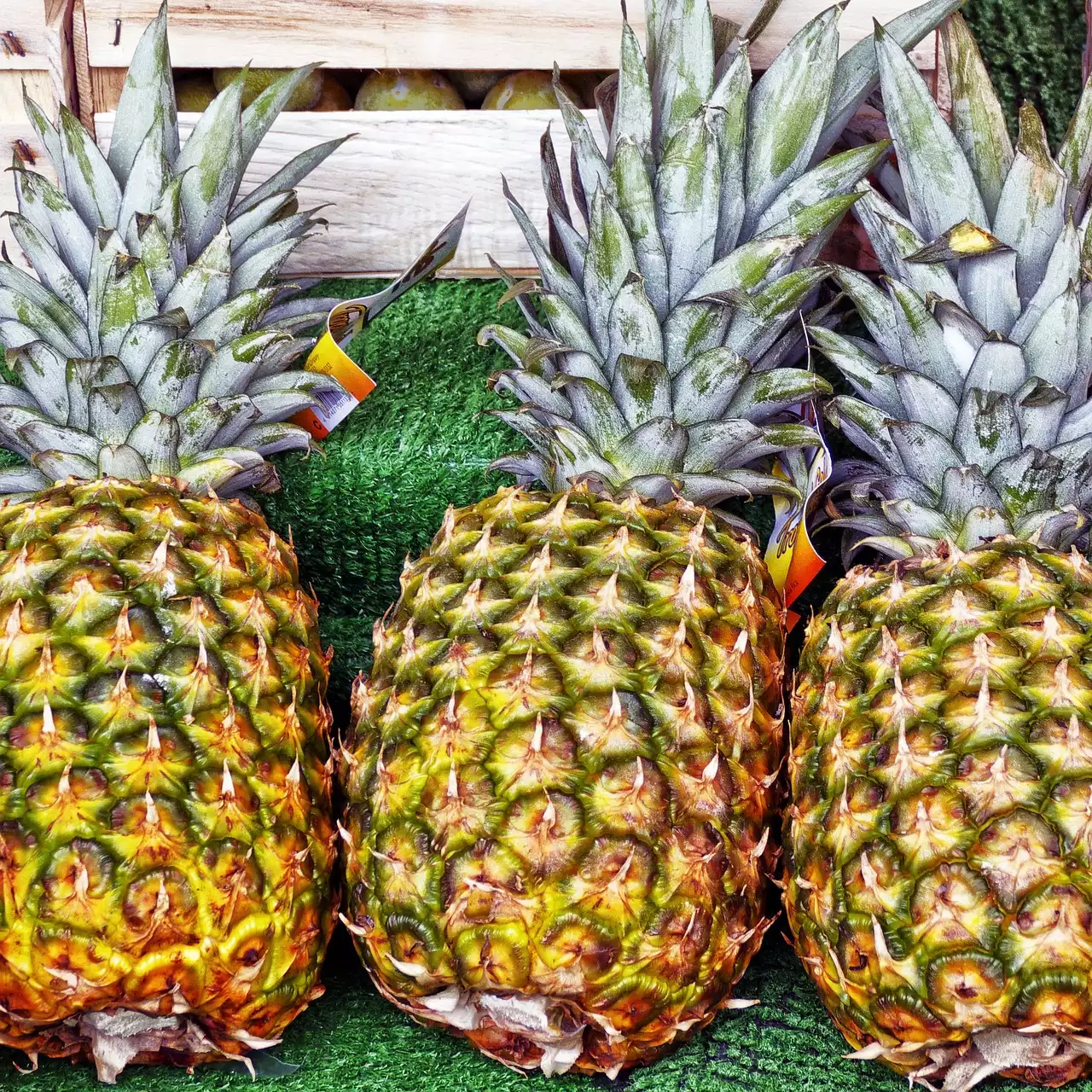Growing eggplants or Aubergine in a greenhouse is an excellent way to extend your growing season and have fresh, home-grown eggplants all year round. Growing eggplants indoors also reduces the risk of damaging frosts and provides you with a constant supply at peak conditions. If you live in a climate where frost poses a threat to young plants from early spring until late autumn, it’s worth considering growing eggplant or aubergine plants in a greenhouse instead of directly outdoors. There are several different varieties of eggplant that grow well indoors and can be grown either as individual seedlings or as part of a seedling tray. You can also choose whether you want to grow just one plant or multiple plants.
What You Will Need
Growing eggplants indoors requires space for the plants to grow to full size. When grown in a greenhouse, you can use a variety of pots or trays, but you’ll need to be aware of the size of the plants so you can provide enough growing space for them to reach the full site. Eggplants are warm-weather vegetables and can’t withstand frost. If you’re growing indoors, you’ll need to be sure to keep your eggplant plants at a temperature between 15 and 25 degrees Celsius. While indoor plants don’t need as much light as plants grown outdoors, eggplants do require some sunlight to thrive. If you’re growing eggplants in a greenhouse, it’s a good idea to position the plants near the windowsill where they’ll get direct light between 9 am and 2 pm. Eggplants are tropical plants and prefer humid growing conditions. While you can’t replicate these conditions inside, you can create a more humid environment for the plants by misting them regularly and providing a moist growing medium.
Growing Eggplants from Seed
While some gardeners are content to grow eggplants from seed, others choose to start their plants from seedlings to ensure they get the best possible start. The choice depends on the variety and your gardening style. When growing eggplants from seed, you can either sow the seeds directly or start them indoors in seed trays. Seedlings are easy to transplant and are a great option for people who struggle to maintain germination rates when sowing seeds directly. There aren’t any specific rules when it comes to eggplant seed germination, but you can speed things up by using a seed starting tray like this one. Once your seedlings are ready to be transplanted, you can use pots or trays of any size. Some people prefer to use larger containers so they can ensure the plants have enough space to grow to full size.
Growing Aubergines from Seedlings
Aubergine seedlings are available from many garden retailers and make for an easy way to grow a healthy and productive plant. You can either buy seedlings from a local or online retailer, or you can start your own from seed. When growing eggplants from seed, you can either sow them directly into the soil or start them indoors in seed trays. Growing from seed is one way to ensure you get the variety you want, but it can be hard to maintain a high germination rate. Growing your seedlings from seed is another way to get started, but it does add an extra step to the gardening process. It’s also important to choose the best variety for your climate and growing conditions, so make sure you research your options before starting your seedlings.
Growing Eggplants from Cuttings
If you’re growing eggplants in a greenhouse, cuttings are a great way to increase your volume of plants. A cutting is a section of a stem that’s been removed from the main plant and placed into a new growing environment. You can take cuttings from the stem of an eggplant plant at any time, but the best time to take cuttings is in late summer or early autumn. Growing eggplant from cuttings is an excellent way to create a large volume of plants quickly and is a great option for people who don’t have the space to grow eggplant from seedlings. Cuttings are also relatively easy to root; you just need to find a suitable place to take the cutting from the original plant, let it be callous and then place it into a growing medium.
Tips for Growing Eggplants in a Greenhouse
Eggplants are dependent on a consistent light source to thrive. While indoor growers can get away with less light than their outdoor counterparts, it’s important to provide your plants with as much light as they need to stay healthy. Temperatures between 18 and 28 degrees Celsius are ideal for eggplant growth, but they can’t tolerate extreme heat. If the temperature in your greenhouse exceeds 35 degrees Celsius, you may struggle to keep your plants healthy. While eggplants do need warmth and light, they dislike stagnant air and dry soil. Avoid letting the greenhouse become too humid, and make sure there’s good airflow to keep the plants healthy.
Conclusion
Growing eggplants in a greenhouse is a great way to extend your growing season and have fresh, home-grown eggplants all year round. It also reduces the risk of damaging frosts and provides you with a constant supply at peak conditions. You can choose whether to grow them from seed, seedlings or cuttings, and it’s important to choose the right variety for your climate and growing conditions.


 The Definitive Guide to Dining Room Design: Why You Should Choose Your Own Style
The Definitive Guide to Dining Room Design: Why You Should Choose Your Own Style
 DIY Creating Stained Glass at Home
DIY Creating Stained Glass at Home Hanging Wooden Doors at Home
Hanging Wooden Doors at Home Growing Zucchini or Courgettes in a Greenhouse
Growing Zucchini or Courgettes in a Greenhouse Growing Spinach in a Greenhouse
Growing Spinach in a Greenhouse Glass Greenhouse for the best Asparagus
Glass Greenhouse for the best Asparagus Benefits of Carrots and the Different Varieties
Benefits of Carrots and the Different Varieties